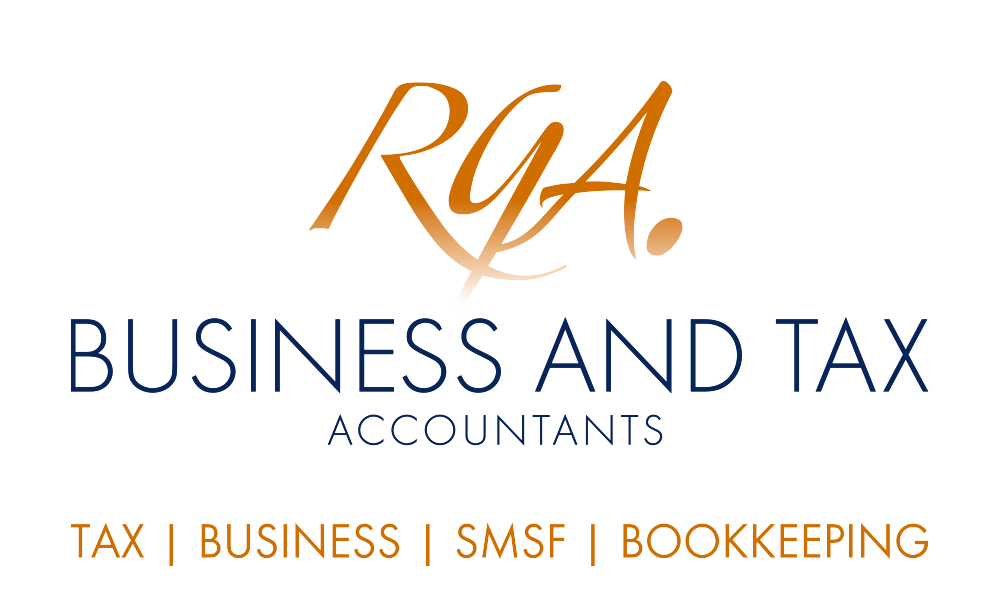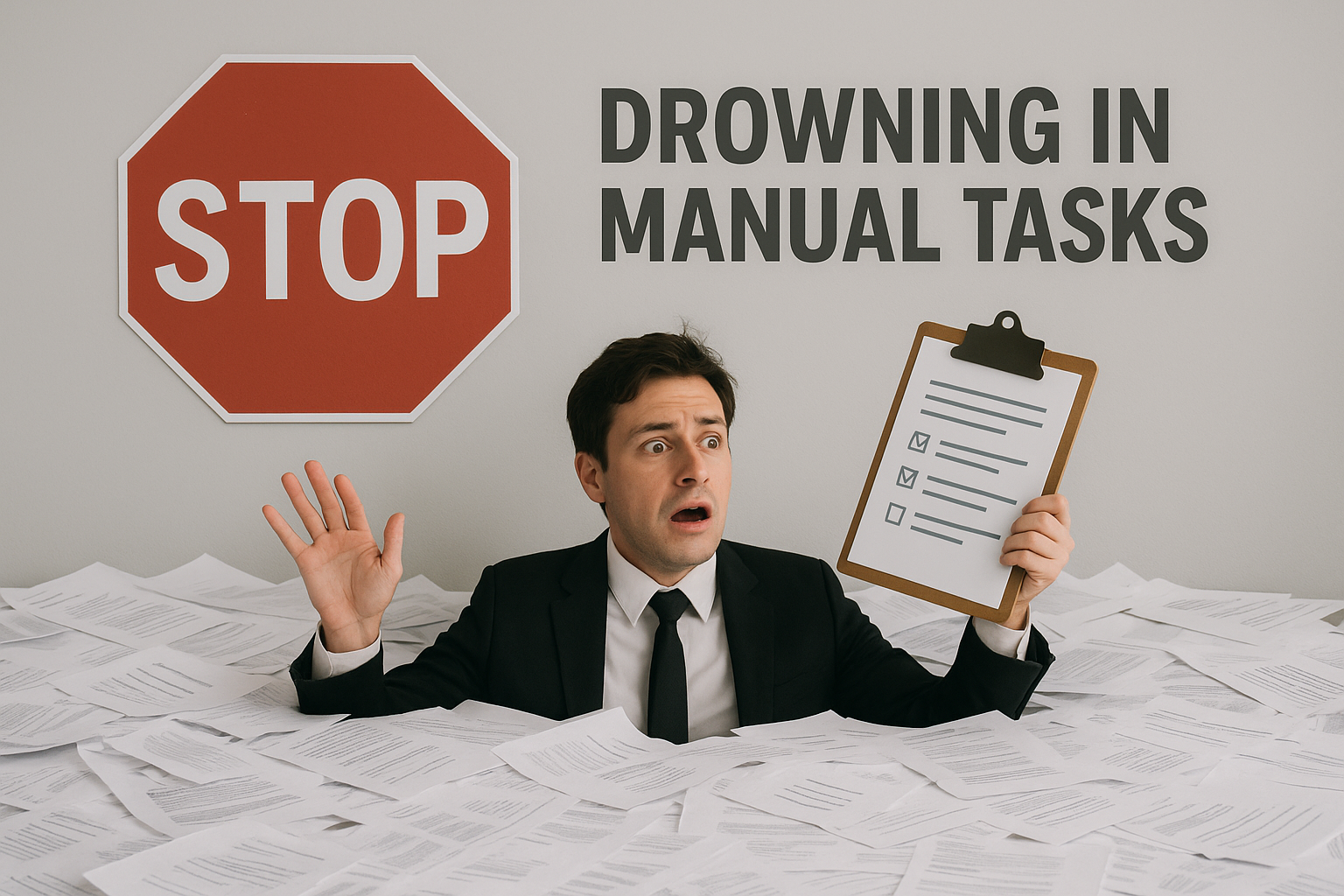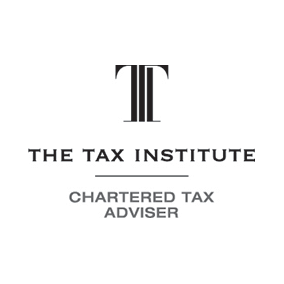The extension of the instant asset write-off for a further year is great news for small businesses who may be planning to purchase assets for use in their business in the near future. The key is for businesses to ensure the asset will be used in their business (or ready to use) in the year they claim the write-off, and to consider how any private use of the asset may affect their claim.
The write-off is a temporary measure that allows small businesses to claim an immediate deduction for certain capital expenditures, rather than having to deduct these costs over time. This "accelerated" depreciation deduction improves small businesses' cashflow and encourages them to reinvest amounts back into their business.
In welcome news, the government has recently announced it will extend the instant write-off opportunity for a further year and increase the asset cost threshold from $20,000 to $25,000.
Under current arrangements, small businesses with an aggregated annual turnover under $10 million, may claim an "instant" deduction (ie in the current income year's tax return) for most depreciating assets costing less than $20,000 that were first acquired on or after 12 May 2015 and first used (or first installed ready for use) for the purpose of producing assessable income on or before 30 June 2019.
This $20,000 instant write-off measure has always been a temporary arrangement, with the threshold planned to return to its usual $1,000 after 30 June 2019.
However, the government has announced it will legislate to extend the temporary arrangement for a further year until 30 June 2020. Additionally, the asset cost threshold will increase to $25,000, with effect from the date of announcement (29 January 2019).
Assets costing more than the threshold do not qualify for the instant write-off. Instead, those assets are added to a "small business pool" of depreciating assets and their costs are deducted over time (broadly, a 15% deduction in an asset's first year and a 30% deduction in later years, with the balance of the pool written off once it drops below the instant asset write-off threshold).
Private versus income-producing uses
Where an asset is not used wholly for producing assessable income, the business may only deduct a proportion of the cost and must subtract any private use proportion. However, the entire cost of the asset must still be below the $25,000 threshold to qualify for the instant asset write-off. The ATO gives two examples to illustrate how this works:
Example 1 : a small business tradesperson purchases a ute for $40,000 and estimates that it will be used 40% of the time for business purposes. Even though the income-producing proportion of the asset's cost is below $25,000 (ie 40% x $40,000 = $16,000), the asset does not qualify for the write-off because the full cost is above the threshold. Instead, the $16,000 will be allocated to the tradesperson's small business pool.
Example 2 : a small business owner purchases a powerful type of computer for $6,800 and estimates that it will be used 80% of the time for business purposes. The asset qualifies for the instant write-off because the entire cost is below the $25,000 threshold. The business owner may immediately deduct the income-producing part of the asset's cost, ie 80% x $6,800 = $5,440.
Is your business planning to purchase new assets?
Talk to us today for advice on how to fully utilise the instant asset write-off. The extension of the write-off may open up tax planning opportunities for your business, depending on your capital expenditure needs, cashflow position and when any new assets will be installed ready for use in the business.










